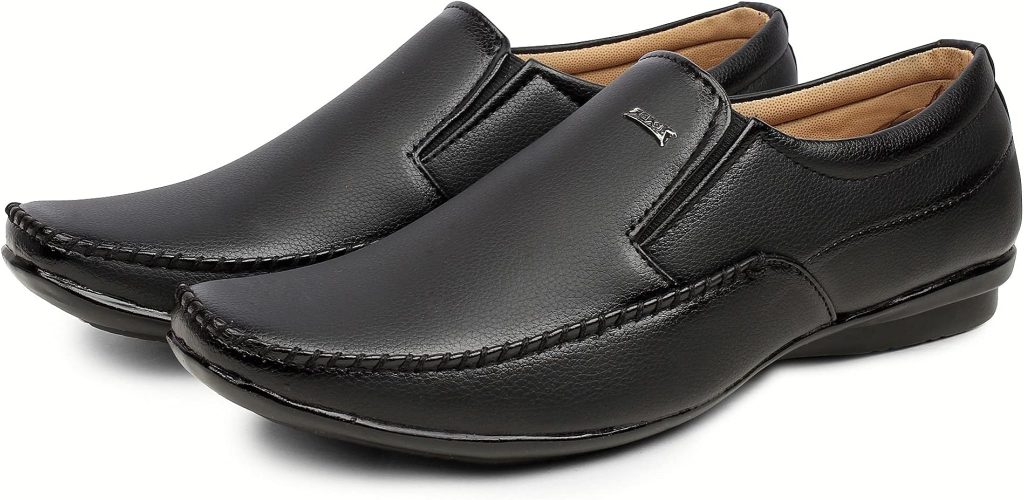During excavations in Nerevskij End, remnants of shoemakers’ workshops and beamhouses were found. There were also finds of leather shoes dating back to the 11th-16th centuries.
The process of preparing leather for shoemaking began with a soak. Then the hide was cleared of any remaining flesh and subcutaneous tissue using iron adzes.
Russian shoemaking tradition
In the 12th century, shoemakers started to use different types of bast. Tree bark was stripped (birch, linden, oak, or elm) and combined with the bast; it was then stored for some time. Afterwards, it was divided into strips that were used for weaving the lapti. The strips were woven with either straight or diagonal weaving, and the shoes were decorated by stamping or embroidery.
Lapti were the primary footwear of common people. They were characterized by their simplicity and comfort, as well as the fact that they could be made quickly and at a low cost. They were worn until the beginning of the Civil War in Russia. Then, mass production of leather shoes started to replace them.
In the 16th-17th centuries, there was another type of foot-wear that was popular among ordinary people — porshni, which were low shoes. The remains of this type of shoes have been found in urban excavation layers, but were rarely found on the ground. These shoes were also woven from ox rawhide, but they combined a felt upper with a leather bottom.
Leather shoe industry in Russia
During the 10th-11th centuries, Novgorod tanners created rawhide [Rus. syromiatnaia, syromjatnaja], which was not tanned but kneaded and then soaked in fat. Using it, leatherworkers made belts, tackle, and a simple form of footwear called “bog shoes” [Rus. porshni]. Judging by the symmetrical examples of these shoes found in excavations (for the left and right foot), the shoemakers shaped the material on a special last.
It is worth noting that the earliest bog shoes had stamped patterns on their sides, similar to the ornamental design on a pouch (Rus. kosheliok, koshelek). This was a common way of decorating leather. Later, the patterns were embroidered with wool or silk thread.
The oldest preserved leather shoes in Russia were found in Novgorod. They were different from one another: some were low, and reached the ankle; others had a collar around the ankle, similar to boots and visit the page https://www.mulgati.com/. A number of pairs of these shoes belonged to aristocrats and boysars depicted on monuments of art.
Lapti were a popular form of footwear for the peasant population in medieval Russia. Old, ragged lapti were often hung over fences and inside homes to block the evil thoughts an unknown visitor might bring into a house. Also, old lapti were used to carry the domovoi (house spirit) from one home to another when a family was moving.

Evolution of Russian leather shoes
Archaeological finds indicate that shoemakers created shoes for the broadest stratum of Novgorod citizens, from artisans to peasants. They also produced footwear for wealthy boyars and princes depicted on monuments of art. During the 11th to 12th centuries, shoemakers’ craftsmanship noticeably improved. The simpler carving and embroidery of the earlier shoes gave way to complex openwork compositions.
The 13th century saw the appearance of soft shoes [Rus. porshni]. Remains of these shoes with flat soles were discovered in Vjatichi burial mounds. These shoes were characterized by the fact that the upper, bootleg, and heel quarter were made of a different leather (more pliable) than the sole. A lining [podnariad, podnarjad] was sewn between the two halves of the upper.
A distinctive feature of these shoes was a thick Russian leather (lapti). It was derived from animal hides that were tanned using barks (birch, linden, oak, and others) together with bast. This leather had a long lifespan, an unforgettable aroma, and a unique hatched surface.
In the 16th and 17th centuries, new types of footwear were introduced in Europe (valenki). In the 19th century these boots grew to be basic winter footwear for Russian peasants. They are still a part of traditional Russian dress and have become a symbol of the country’s cultural heritage. They are made of high quality natural leather with an asymmetric last that corresponds to the foot’s position and leaves space for the toes.
Russian leather shoe brands
In Russia, leather shoe production accounts for over 10% of the country’s footwear manufacturing industry. It is one of the most important industrial sectors that is constantly developing due to the rising demand for high-quality leather shoes. In order to meet this growing need, a number of companies have emerged in the field of leather shoe production in Russia. These include the Vakhrushi-Litobuv and Technoavia companies, which are both based in Yoshkar-Ola.
Vakhrushi-Litobuv specializes in leather safety shoes and is the leading supplier of this kind of products in the Russian market. It delivers its products to the Mosvodokanal>> Management Company LLC, North-West>> PJSC and the Bashkiravtodor>> JSC enterprises. The company also offers a wide range of leather casual shoes.
Technoavia is a full-cycle shoe production company that has been operating since 1992. Its plant in Yoshkar-Ola has four injection molding machines Desma, which allow it to produce footwear with PU/PU and PU/TPU soles. Technoavia is also the only manufacturer of insulated leather safety boots in the country.
The company has been a pioneer of using “Russian leather”, which is made from the hides of Southern German cattle and is sealed with oil and wax. This leather has a rich color, varying from deep claret to sienna, and it possesses a distinct sweet aroma. The leather is extremely durable and resistant to stains.
